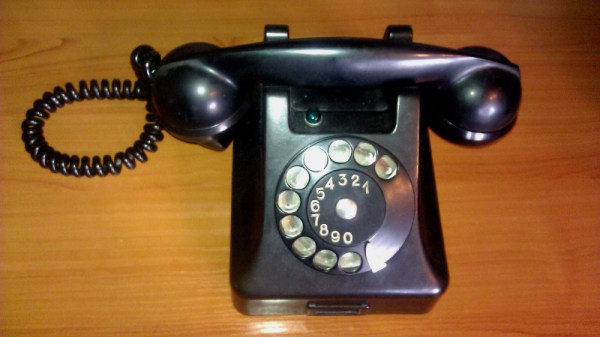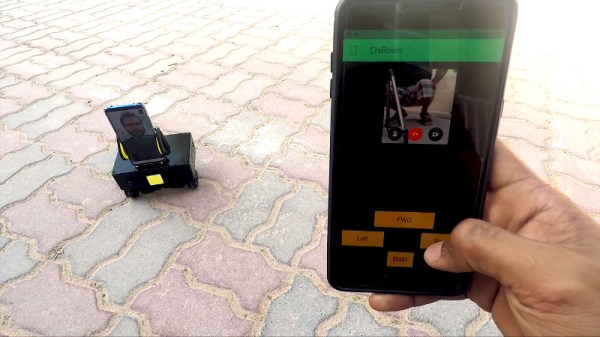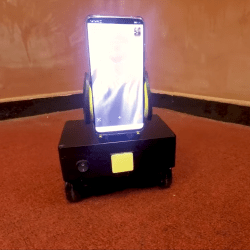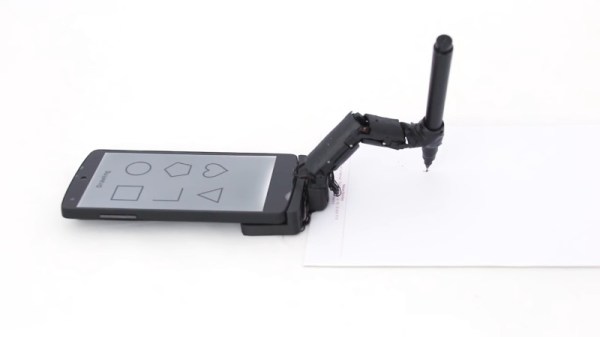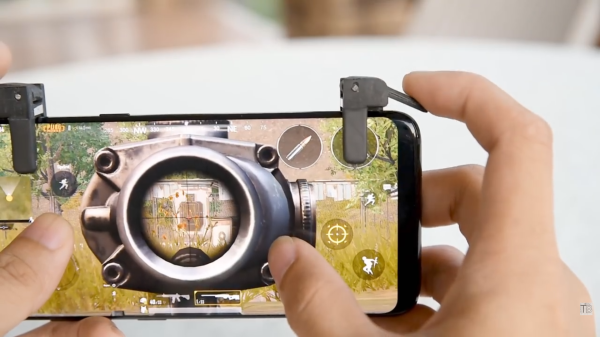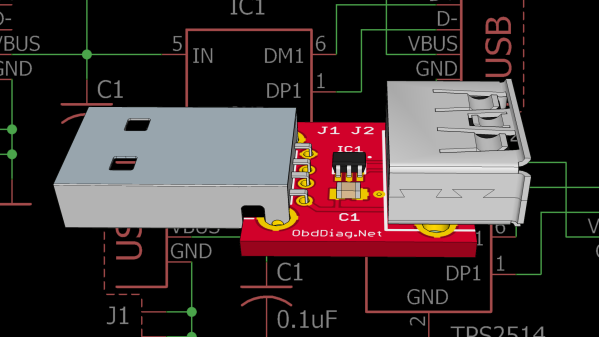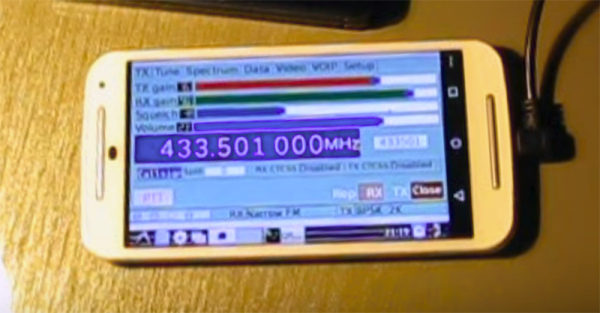Way back in the good old days, life ran at a slower pace. It took us almost a decade to get to the moon, and dialling the phone was a lazy affair which required the user to wait for the rotary mechanism to rewind after selecting each digit. Eager to bring a taste of retro telephony into the modern era, [Marek] retrofitted this vintage Polish telephone with a GSM upgrade.
The phone [Marek] salvaged had already been largely gutted, so there was little to lose in the transformation. A Motorola D15 GSM module was sourced from an alarm system to provide a network connection to the project. An Atmega328 was then used to translate the rotary dial mechanics into something more usable by the cellular module.
Attention to detail can really make a project shine, and [Marek] didn’t skimp in this area. The original ringer was rewound to operate with a half H-bridge at a lower voltage more suitable to the modern electronics inside. The microcontroller also helped out by using its PWM hardware to simulate a dialtone and the characteristic sound of pulse dialling.
It’s always nice to see retro hardware given a new lease on life. Unfortunately, GSM networks aren’t long for this world, so a further update may be required before long. These old phones have plenty of potential, as we’ve seen before.

